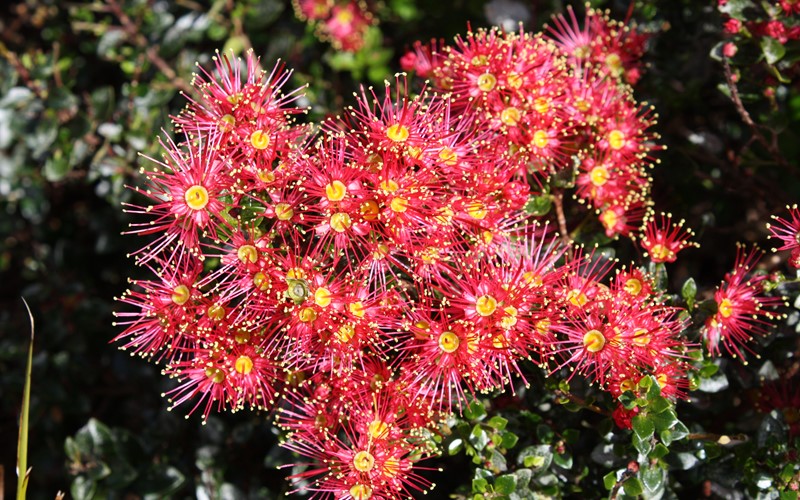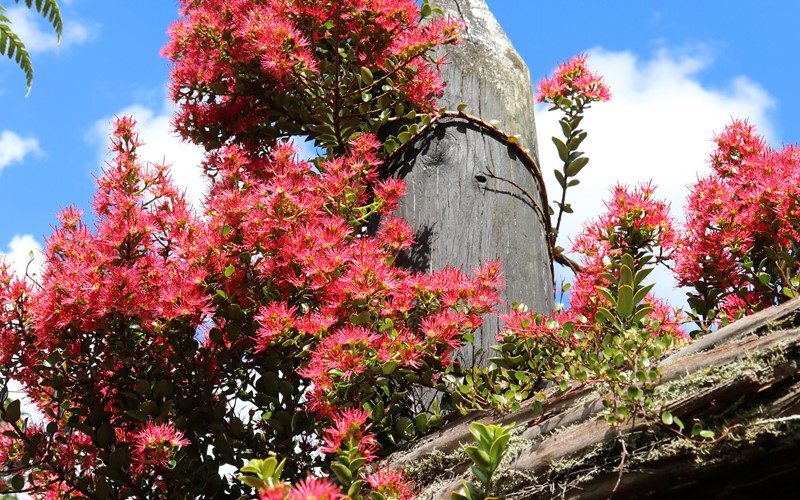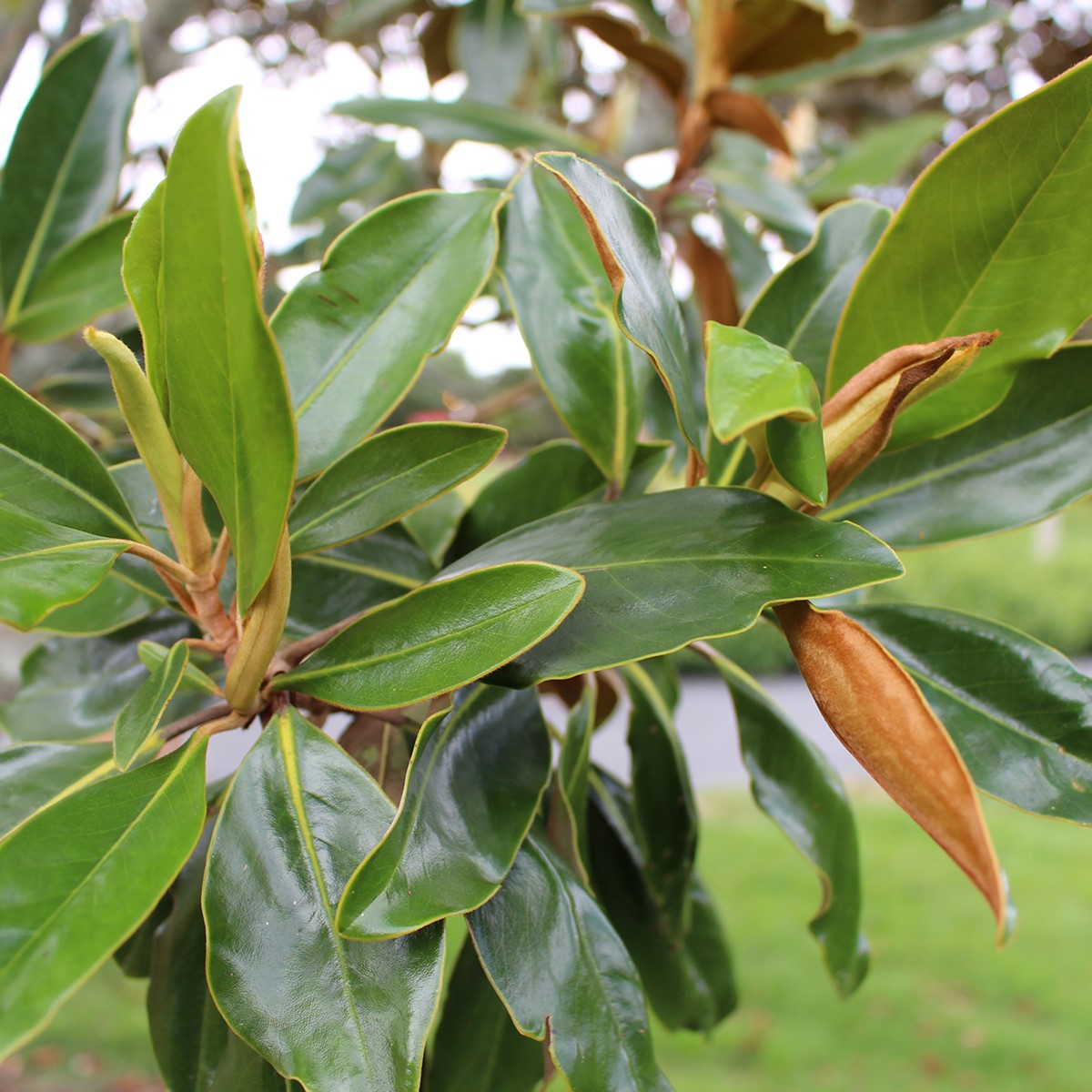Physical characteristics
A woody,
Flowers and foliage
Small, glossy, dark
Preferred site
Prefers semi-shade and well-drained soil.
Preparation for planting
Maintenance tips
Climbing
Ecological and biodiversity benefits
Attracts invertebrates for birds like pīwakawaka to eat, and creates habitats for birds.
Pests and diseases
To minimise myrtle rust infection, prune in winter, as this is when myrtle rust is less active.
Location at Auckland Botanic Gardens
Native Identification Trail





.jpg?anchor=center&mode=crop&width=1200&height=1200&rnd=131732822304530000)

.jpg?anchor=center&mode=crop&width=1200&height=1200&rnd=132106949760530000)
 .jpg?anchor=center&mode=crop&width=1200&height=1200&rnd=131732822977030000)